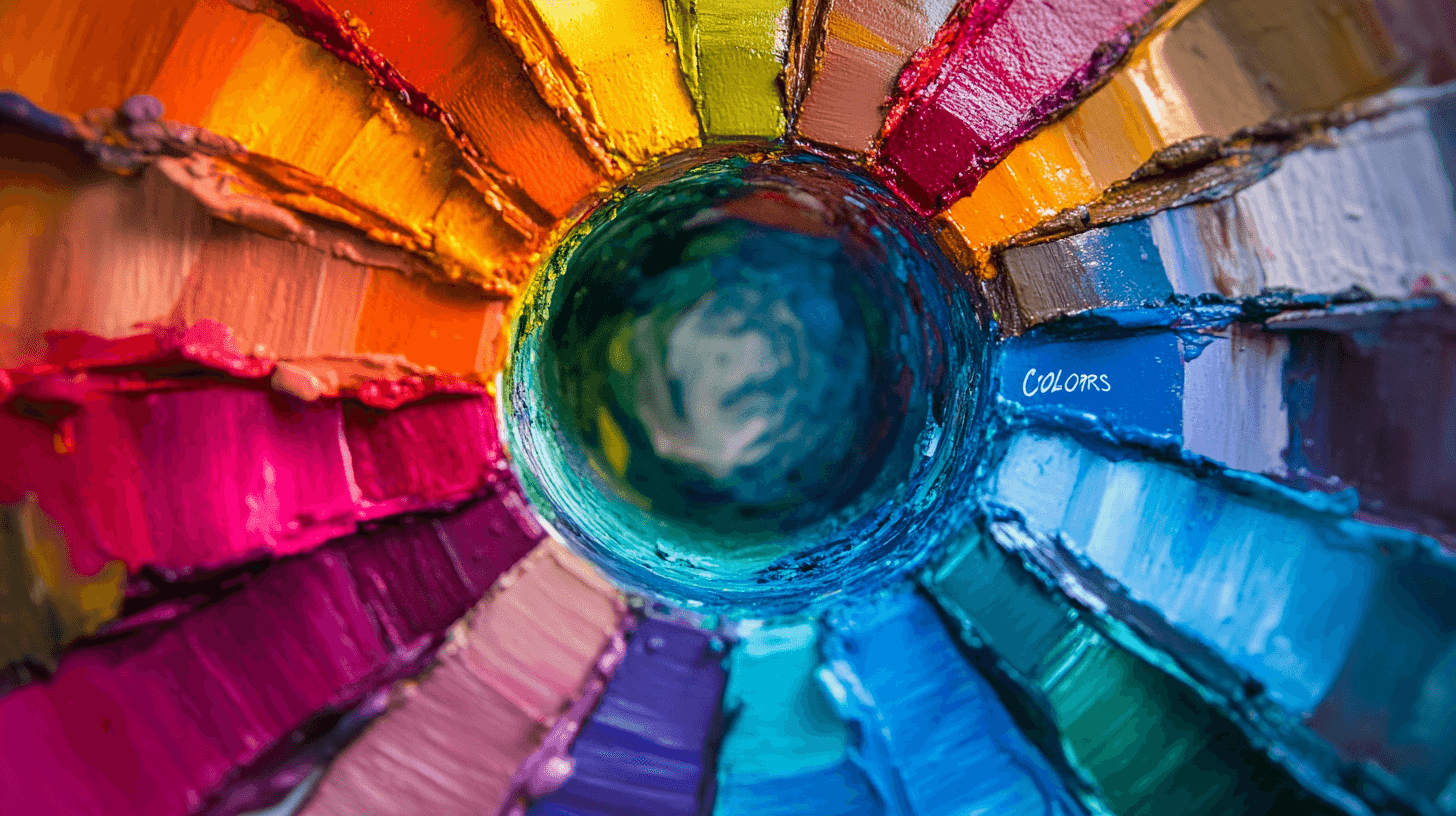How Can Color Choices Make or Break Your Brand Identity?
How Can Color Choices Make or Break Your Brand Identity?
Color is one of the most powerful tools in a designer's arsenal when it comes to creating a strong and memorable brand identity. The colors you choose for your brand can evoke emotions, convey personality, and significantly influence how your audience perceives your company. In this post, we'll explore the impact of color choices on brand identity and share examples of brands that effectively use color to communicate their values.
The Psychology of Color in Branding
Colors have the ability to trigger specific emotional responses and associations in people. Understanding color psychology is crucial for designers and marketers looking to create a brand identity that resonates with their target audience. Here are some common color associations:
Red: passion, energy, excitement, boldness
Blue: trust, reliability, calmness, professionalism
Green: growth, harmony, nature, health
Yellow: optimism, happiness, creativity, friendliness
Purple: luxury, royalty, spirituality, creativity
Orange: enthusiasm, affordability, warmth, playfulness
Black: sophistication, elegance, power, mystery
White: purity, simplicity, cleanliness, honesty
When selecting colors for your brand, consider the emotions and associations you want to evoke in your audience. Your color palette should align with your brand personality and values.
Examples of Effective Color Use in Branding
Coca-Cola: Red Coca-Cola's iconic red color is associated with excitement, energy, and boldness. The vibrant red stands out on store shelves and has become synonymous with the brand.
Facebook: Blue Facebook's blue color conveys a sense of trust, reliability, and professionalism. The calming blue helps users feel secure sharing personal information on the platform.
Whole Foods: Green Whole Foods uses green to communicate their commitment to natural, organic, and healthy products. The color evokes feelings of growth, harmony, and freshness.
McDonald's: Yellow and Red McDonald's combines yellow and red to create a sense of optimism, happiness, and excitement. The colors are attention-grabbing and convey a fun, friendly, and affordable dining experience.
Tips for Choosing Your Brand Colors
Know Your Audience: Consider the preferences and associations of your target audience when selecting colors. Different age groups, cultures, and industries may have varying color perceptions.
Limit Your Palette: Choose a primary color and 1-3 secondary colors to create a cohesive and memorable brand identity. Too many colors can be overwhelming and dilute your brand's impact.
Ensure Consistency: Use your brand colors consistently across all touchpoints, including your logo, website, packaging, and marketing materials. Consistency helps build brand recognition and trust.
Test and Iterate: Don't be afraid to test different color combinations and gather feedback from your audience. Refine your color palette based on insights and performance metrics.
Color is a critical component of your brand identity that should not be overlooked. By understanding color psychology and strategically selecting colors that align with your brand personality and values, you can create a strong and memorable brand that resonates with your target audience.




